The Carlisle Intaglios
Carlisle Gems - Picture by Anna Giecco.
Amethyst Intaglio depicting Venus. - Photo by Anna Giecco.
One of the most astounding discoveries from Carlisle’s Roman Bathhouse are 70 intricately and beautifully carved intaglios. These intaglios are carved stones (often made from precious or semi-precious stones) that would have been fixed to a Roman ring, think like a signet ring. These intaglios, which depict all manner of things from gods and goddesses to mythical creatures and animals, were worn by men, women, and children visiting the bathhouse.
Dr Reverend Martin Henig, Research Fellow at Oxford University and leading expert on intaglios had this to say on the Carlisle Gems; “This is the most significant cache… I have studied at all for decades… and perhaps a few more to come”
Carnelian Intaglio found in the drains of the bathhouse.
When people visited Roman bath houses, they would bathe nude, but frequently wore jewels and trinkets and signs of status and protection (against evil spirits) such as their finger ring.
These magnificently carved gemstones dropped from the Roman rings when the glue holding them melted in the bathhouse heat, a common enough occurrence to be mentioned by the Roman Poet Ovid (43 - 78 BC) in his Amores, Book Two, Elegy XV. In a poem to a lover he says of the gemstone in the ring, “Lest the dry gum and wax should sticking prove.”
Speaking about the intaglios discovered on site the leading expert in the UK, Dr Reverend Martin Henig, (Research Fellow Oxford University) said; “this is the most significant cache… I have studied at all for decades… and perhaps a few more to come” concluding Carlisle had its own school of specialist engravers. It is the largest collection of intaglios from any single context in the UK, discovered by volunteers aged 8 to 80.
These gems were mostly of cornelian or red jasper and were carved with devices (intricate designs) in intaglio, including gods and symbols of the good life. Archaeologists have recovered gems from bath house drains at Bath, and a number of other sites including the legionary fortresses of York and Caerleon and the Classis Britannica fort at Dover.
At the Carlisle bath house, it is clear from the minute size of a few gems that children, including young girls used the facility, as is confirmed by the beads and hair-pins recovered from the site. The gems almost all date from the 2nd or early 3rd century (only an exquisite amethyst depicting Venus dates to the 1st century) and it is clear that some were made locally, probably in Carlisle. The assemblage comprises one of the most important collections of Roman gems from Britain and the Empire as a whole.




